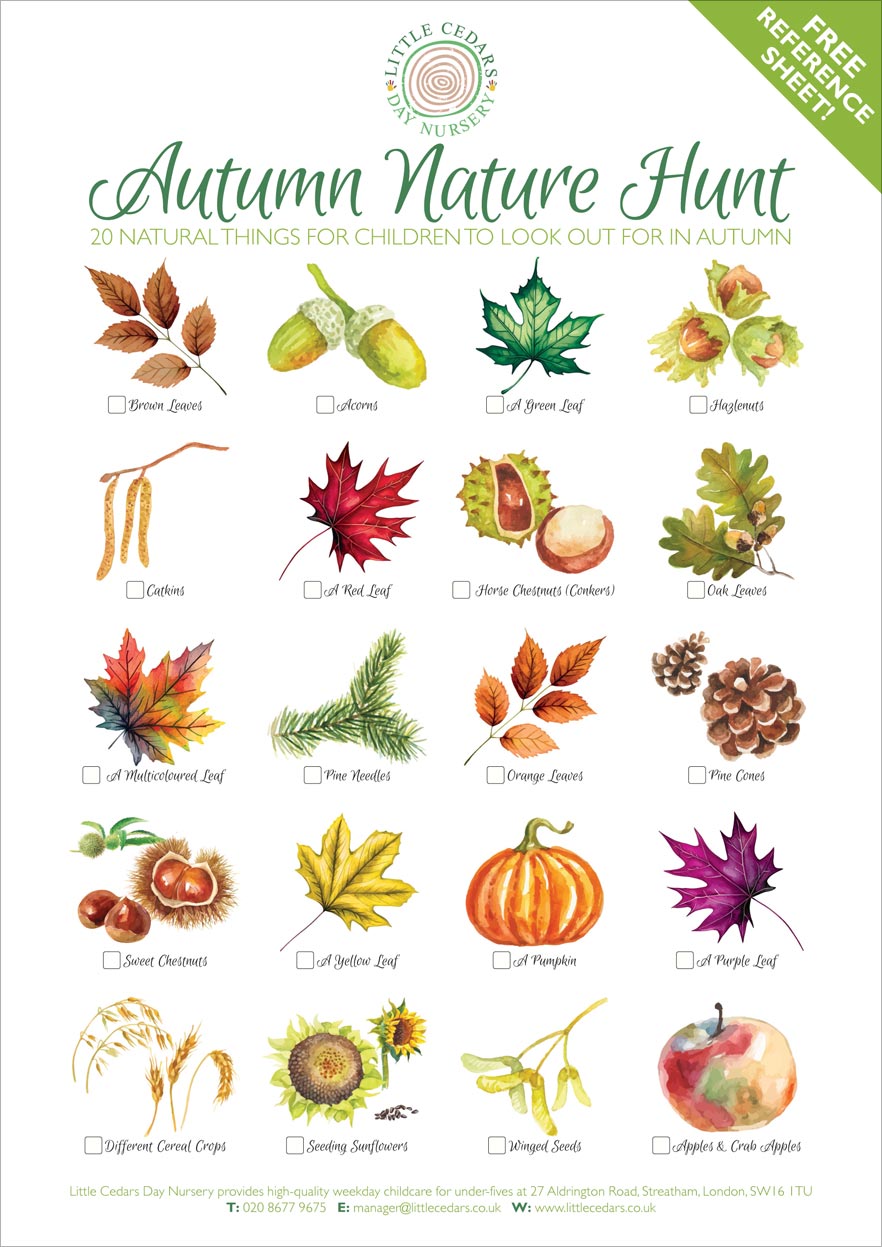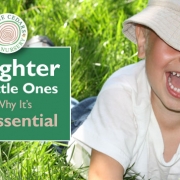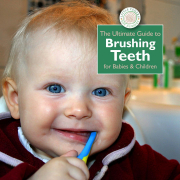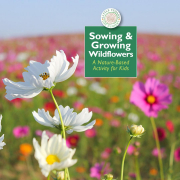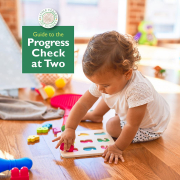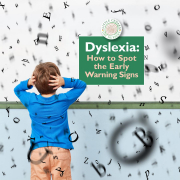Autumn Treasure Hunt!
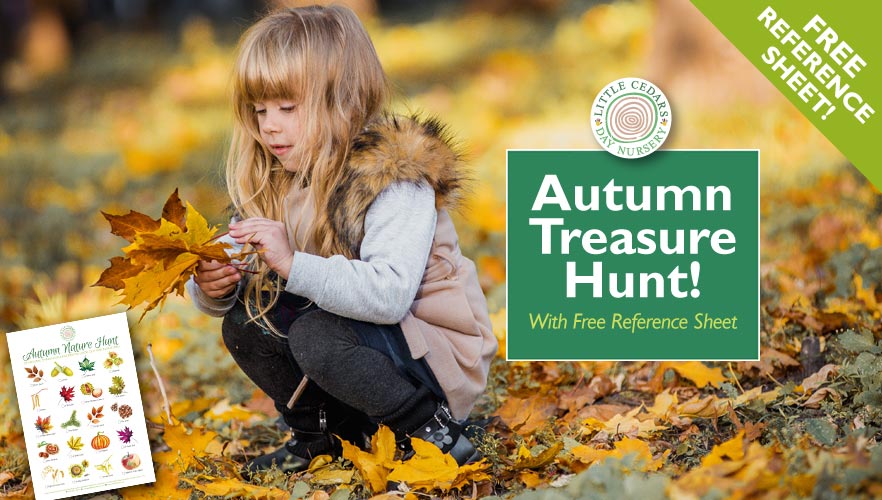
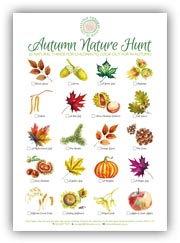 Autumn is a time of the year when magical colour changes occur across gardens, parks and landscapes. Leaves can be seen in a multitude of different colours before falling along with seeds, ripening fruits and berries. In autumn, nature shows us a wonderful metamorphosis and it’s a time of beautifully crisp air and clear distant views. It’s all incredible to behold and also offers children some unique seasonal activity opportunities.
Autumn is a time of the year when magical colour changes occur across gardens, parks and landscapes. Leaves can be seen in a multitude of different colours before falling along with seeds, ripening fruits and berries. In autumn, nature shows us a wonderful metamorphosis and it’s a time of beautifully crisp air and clear distant views. It’s all incredible to behold and also offers children some unique seasonal activity opportunities.
One such activity is an autumn treasure hunt. Here, children get to explore the outdoors and see if they can spot some natural delights that are only available at this time of year. For example, can they spot a red leaf? How about a purple one… or a multicoloured one? Can they spot an acorn that’s fallen from an oak tree or spot ‘winged’ seeds falling like helicopters from a sycamore tree? Can they find some conkers or sweet chestnuts? And so on. With that in mind, we’ve put together a free reference sheet featuring 20 such items for children to look out for. Children or accompanying adults can print it out, take it along and tick off each item that’s successfully found. The activity could even be the basis of a competition between multiple children, perhaps with a treat or extra sticker for the child that checks off the most.
So, take a look and save the reference sheet by clicking the preview image below — the file is in Acrobat Reader format, so should work on most devices.
Autumn Treasure Hunt Reference Sheet (Click to Download):
This activity is great for children because it gets them outdoors, close to nature. And, as we’ve mentioned before, study after study concludes that outdoor play is incredibly important to children and being close to nature has huge benefits for them. However, remember to pay close attention to the safety and well-being of children under your care at all times, especially when playing outdoors — see some examples of things to look out for in the ‘child safety precautions’ box at the end of this article.
We hope you and your child enjoy this wholesome nature-based activity this autumn. It’s a simple but effective way to encourage children to appreciate nature and The Great Outdoors. It’s also a fun way to open their eyes and educate them about the sheer magic of nature and the natural world around them.
A Childcare Nursery for Your Child in Streatham
Are you looking for a high-quality childcare service in Streatham?

 This nature-based activity comes courtesy of the team at Little Cedars Day Nursery in Streatham, London SW16. We provide an outstanding early years education and high-quality childcare service for babies and under-fives. We also support free, Government-funded childcare places subject to eligibility and availability.
This nature-based activity comes courtesy of the team at Little Cedars Day Nursery in Streatham, London SW16. We provide an outstanding early years education and high-quality childcare service for babies and under-fives. We also support free, Government-funded childcare places subject to eligibility and availability.
If you’d like to explore the possibility of your child having a nursery or preschool place at Little Cedars, please get in touch:
Little Cedars may also suit families living or working nearby in Tooting Common, Tooting, Streatham Hill, Streatham Park, Streatham Common, Furzedown, Tooting Bec, Tooting Broadway, Balham, Norbury and Colliers Wood.
Child Safety Precautions
As with all outdoor play, it’s important to ensure children are safe and kept out of harm’s way. For example, children, particularly the young, should be accompanied by an adult and supervised at all times. Also, ensure they understand that they should avoid touching anything potentially poisonous like fungi and berries. Even things like conkers are poisonous if eaten. Acorns contain toxic tannins as well as being a potential choking hazard. Parents/adults should therefore ensure that children know not to put anything anywhere near their mouths when foraging or playing outdoors. And, of course, avoid touching the spiky cases of sweet chestnuts because they’re needle-sharp! These are just examples and supervising adults will need to do their own risk assessments before and during any outdoor activity involving children. More safety tips for outdoor play are available here.

